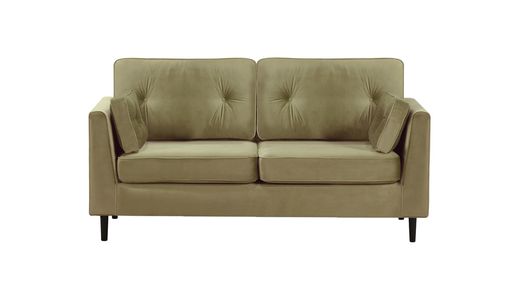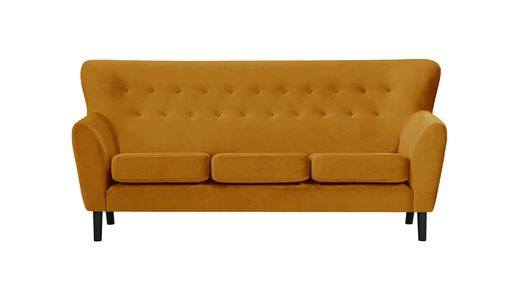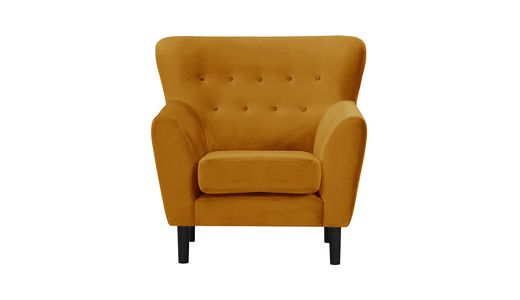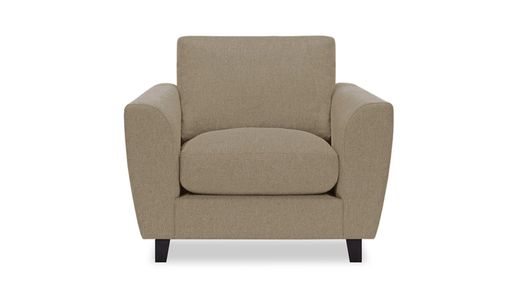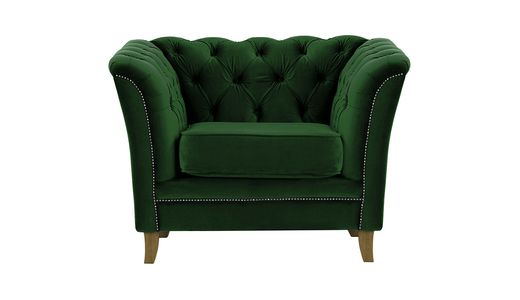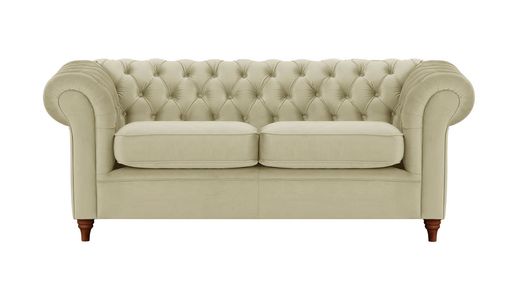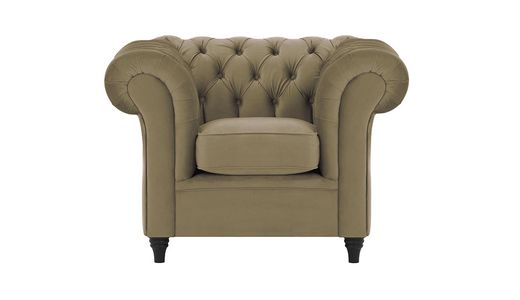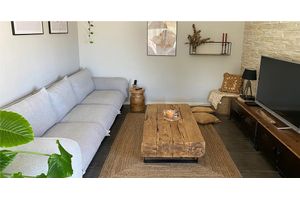
What Not to Do in the Living Room: The Most Common Mistakes When Designing a Relaxation Zone
The living room is one of the most important rooms in the house. It’s where we unwind after work, spend time with family, welcome guests, and celebrate special moments. No wonder we want it to be both functional, comfortable, and visually appealing. Unfortunately, even with the best intentions, it's easy to make mistakes that reduce both the charm and practicality of the space. Here’s a list of the most common pitfalls to avoid when arranging your living room’s relaxation zone.
A Sofa That’s Too Big or Too Small
Choosing the right sofa is the most important decision when furnishing a living room. It's the heart of the relaxation area and the piece of furniture that draws the eye first. Sometimes we make hasty choices based on appearance or special offers without fully considering the available space. A sofa that’s too large can overwhelm a small room, eating up valuable space and making movement difficult. Conversely, a sofa that’s too small won’t serve its purpose if the whole family uses it daily — there simply won’t be enough room or comfort.
Tip: Carefully measure your space and consider how you use your living room. Do you need space for naps? Do you host guests often? Do the kids sprawl out with books or toys? Choose furniture that fits both your square footage and lifestyle. Consider modular sofas or models with a bed function to maximise usability without compromising on style.
Check → Sofa bed with storage Amelia
Unplanned Furniture Layout
A common mistake is arranging furniture without first considering the functionality of the space. A sofa under the window, an armchair against the wall, a coffee table squeezed in at the last minute — this creates chaos and a sense of randomness. The layout should encourage conversation and relaxation, and allow for easy movement throughout the room.
Tip: Before placing any furniture, think about key activities: watching TV, reading, chatting. Arrange your sofa and chairs to form a closed or semi-open relaxation area. Make sure you’re not blocking walkways. Remember, a sofa doesn’t always need to sit against a wall — it can also serve as a stylish way to divide the room into zones.
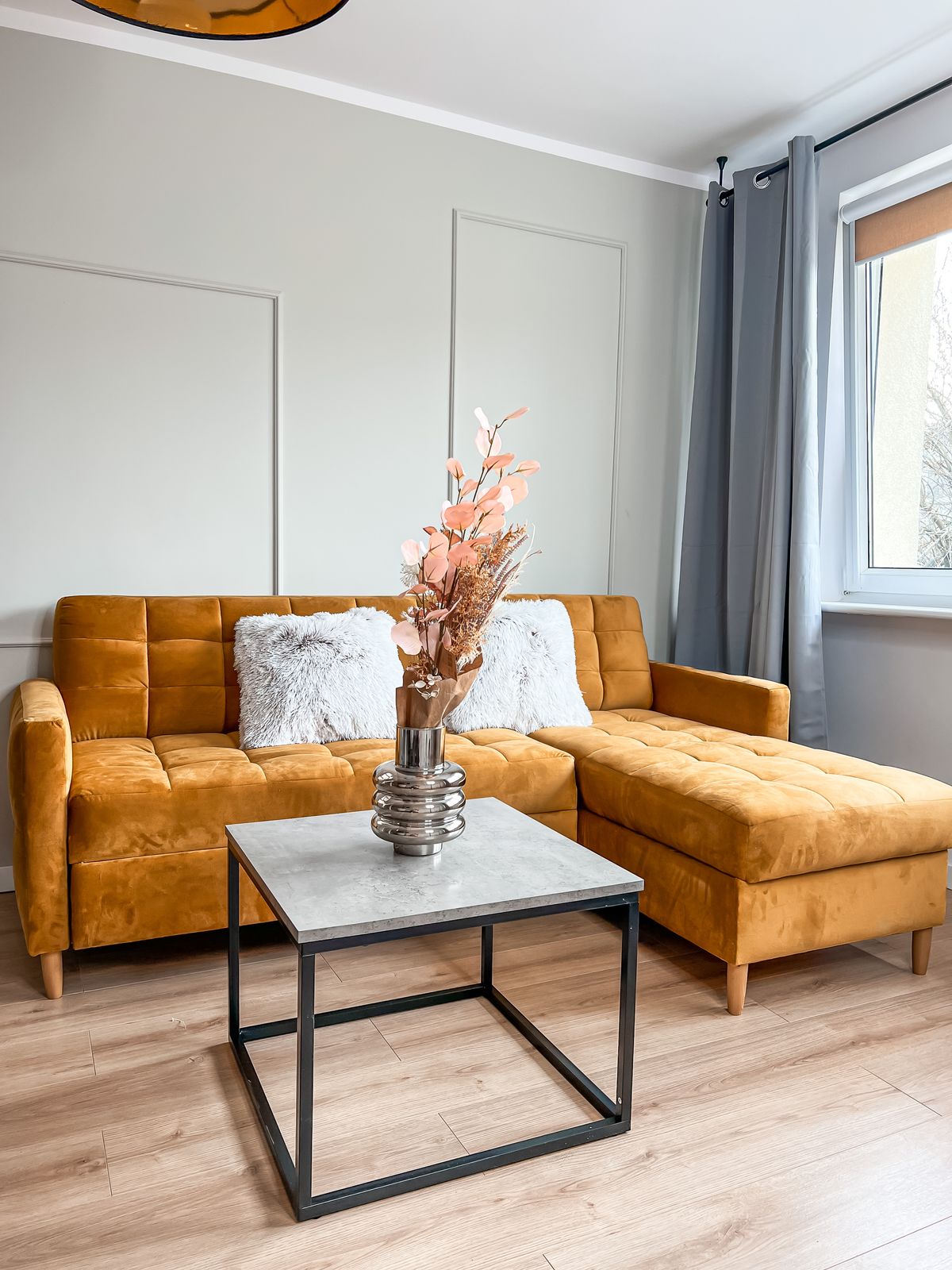
Too Much or Too Little Lighting
Lighting has a huge impact on the mood of a room. One central ceiling light simply isn’t enough, especially in the evening when warm, ambient lighting is key. On the other hand, too many bright, cool-toned lights can make the space feel cold and uncomfortable.
Tip: Plan your lighting in layers. Combine overhead lighting with table lamps, floor lamps, and accent lights. Each type serves a different purpose — ceiling lights for general illumination, floor and wall lamps for zones, and spotlights to highlight details like artwork or decor. Install dimmers where possible, particularly in multifunctional living rooms. Don’t forget about decorative lighting — LED garlands, candles, or lanterns can transform the space without any renovations.
Too Many Decorations
Cushions, posters, candles, figurines, rugs, plants... Each item may be lovely on its own, but together they can quickly lead to visual clutter. An overcrowded room becomes hard to clean and tiresome to the eye. When there are too many competing accents, none of them really stand out.
Tip: Focus on quality over quantity. Choose a few well-matched accessories that share a common colour scheme or style. Pick a guiding theme — a colour, texture, or decor style (boho, vintage, minimal) — and stick to it. A composition of two or three cushions, one large artwork instead of a wall of miniatures, or a single well-placed plant instead of many small ones is often enough to create harmony. Leave breathing space for the room to feel balanced.
Too Many Colours and Patterns
Colours are powerful design tools, but using too many can backfire. An excess of hues and patterns in one space can feel chaotic and overwhelming, making it hard to relax. Intense tones and clashing prints often result in visual noise.
Tip: Develop a personal colour palette. The most effective ones include three core colours: a neutral base (like beige or grey), a complementary shade (like olive or sky blue), and an accent (like mustard or navy). Mix up textures, too — matte and glossy finishes, smooth and woven fabrics add variety without visual overload. Don’t shy away from colour, just use it in moderation. Seasonal textiles are also a great way to refresh the look without changing the whole setup.

Overlooking Functionality
Style isn’t everything. The living room is used daily, so it has to be practical. Lack of storage, uncomfortable furniture, no coffee table, or poorly placed power outlets are all common oversights. As a result, everyday tasks — from watching TV to hosting friends — become less enjoyable.
Tip: Consider your daily habits: where do you put the remote? Where do you store books? Is there a place for tea or snacks? Invest in multifunctional furniture: ottomans with storage, tables with shelves, or modular shelving. Mobile solutions like trolley tables or adjustable lamps also work well. Well-thought-out functionality makes it easier to enjoy a beautiful space without sacrificing comfort.
Lack of Style Cohesion
A living room decorated without a cohesive plan often ends up looking like a collection of random items. Mixing styles can be effective, but it requires a trained eye and careful selection. When each piece looks like it’s from a different world, the space loses harmony and balance.
Tip: Start by choosing a main style — Scandinavian, industrial, retro, or japandi, for instance. Create a mood board with colour swatches, fabric samples, and images of furniture. This will help guide your decisions and keep everything consistent. If you want to blend styles, do so subtly — let one style dominate while the other plays a supporting role. Repeat key elements like colours, textures, or shapes to tie it all together.
Check → Scandinavian Sofas
Final Thought: Don’t Be Afraid to Tweak
Decorating your living room isn’t a one-and-done project. Your taste, needs, and lifestyle will evolve — and so should your space. Don’t be afraid to move things around, swap out curtains, or add a new lamp. Sometimes just a small change can breathe new life into the room.
After all, a living room is about feeling good. That’s why it’s worth avoiding the above mistakes and intentionally designing a space that’s not only beautiful, but also friendly, practical, and ready for everyday living.
